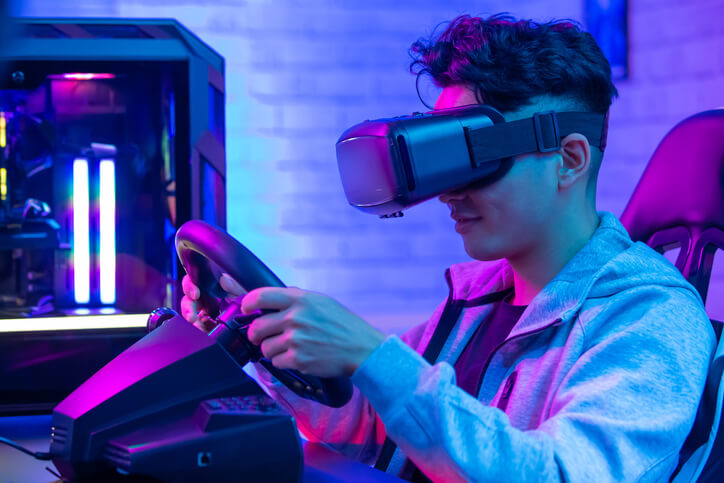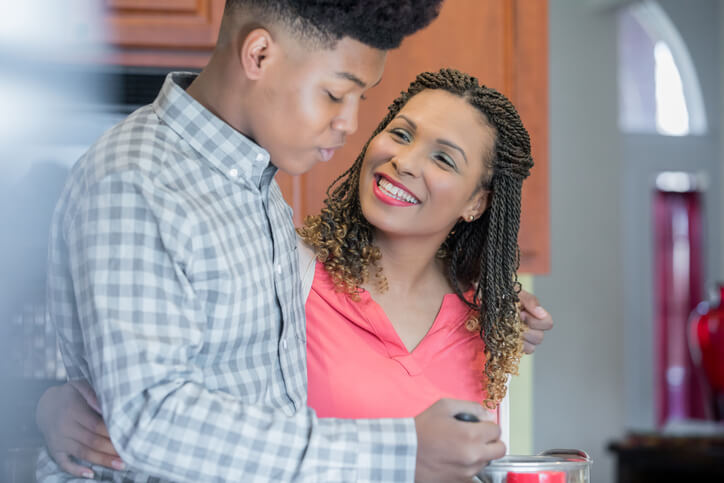Driving has never been more dangerous. More than 42,000 people die each year in automobile accidents. Even more concerning is that this trend is increasing, even though people are driving less.
One reason for this spike is a declining culture of driving safety. Many teens rush when they learn how to drive, and then they don't know good practices. Before your teen gets their license, you need to give them tips.
What should you do before your child gets their learner's permit? How should you teach them when they go out on the road? What should you teach them even after they get their license?
Answer these questions, and your teenager can become a safe and sophisticated driver. Here is your quick guide.
Pre-License
Know your child before you start teaching them. Some teens want to get on the road as soon as possible. Others are nervous or distracted by other things.
Wait until your child is ready to put in the hours. People learn best when they learn a little every day over a long period. Short bursts of intense studying will not help your child pass their driving test.
Model good practices for your child. Try to put them in the passenger seat to demonstrate how you drive, and comment on why you perform your chosen actions.
Make sure you set an excellent example. For example, do not speed or make turns without signaling.
Give your child a tour of your car. Show them where the dashboard controls are and demonstrate turning on the engine. Then, go over how to use the brake and accelerator pedals.
Driver's Education
Some states require a teen driver to participate in driver’s ed courses before getting a permit. Even if you don’t live in such a state, you should send your child to a class. The formal setting will minimize distractions.
Give your child a notebook and have them handwrite their notes. Handwriting helps the memory more than typing or verbally recording.
At the end of each session, go over what they learned. Read your new driver’s notes to ensure they are getting the correct information. Fill in the blanks if you think they don’t understand something important.
Don't let up after they get their license. Talk about the responsibility of owning a vehicle
Learner's Permit
Most states require applicants to pass a knowledge test to receive their learner’s permit. The test covers driving safety, including highway driving tips. They may need to study the driver’s manual and other materials.
Let your child read over the driver’s manual over a few days. As with their classroom instruction, they should take handwritten notes.
Some websites offer online practice tests. Have your child take them. The tests should cover material in the manual as well as road signs.
Your child needs identification and documents proving that they are a lawful resident of the state. Make sure to get all the documentation you need before heading to the DMV.
Teaching on the Road
Once your child has their learner’s permit, you can take them on the road. Start your lessons off with the basics. Your child has a basic orientation for the vehicle so that you can talk about other essential skills.
Show them how they can change a flat tire and fuel their car. Give them guidance on responding to a collision or police presence.
Take your child to an empty parking lot near your house. This is a safe place to put them in the driver’s seat and teach them how to maneuver. They should learn to back the car up, make turns, and shift gears.
It may take some time to get these skills down. Once they do, you can move to a residential street. Teach them how to change lanes and navigate an intersection.
Handwriting helps the memory more than typing or verbally recording.
They should also learn how to interact with drivers. They should practice checking for blind spots and using their mirrors. They should rehearse using hand signals and their horn.
Parking is in a class of its own. Your child must learn how to perform three-point and U-turns. They should practice parking on a hill and parallel parking.
Prepare to spend a lot of time on parking. Parallel parking is something that even experienced drivers don’t execute well.
You can then move to nighttime and highway driving. Go over winter driving tips, even if you are not in the winter.
Watch your teen driver closely. When they do something right, congratulate them.
If they do something wrong, be courteous. Don’t say, “Watch your speed.”
Ask questions like, “What is the speed limit?” These kinds of questions force them to pay attention to their surroundings and start processing the high volume of information they’re being presented with.
License Test
Do a full rehearsal for the license test. Most tests begin by practicing hand signals and starting the car. They then progress into accelerating, driving through intersections, and parking.
Take notes as your child practices. If they don’t do well on a skill, focus on it. If they don’t perform well on multiple sections, scrap the practice drives, and give them more lessons.
Some states provide cars to you, while others ask you use your vehicle. If you need to bring yours, make sure it is clean, in complete working order, and has an accessible brake for the instructor.
You may need to sit in the back seat and watch them drive. You may feel the impulse to give your child instructions. Instead, be a backseat observer and only interject if needed.
What to Teach Them After Getting the License
It would be best to give your child lessons, even after getting their license. For example, talk to them about maintaining their vehicle. Show them how to jump-start a car and change its oil.
Go over buying a car. Talk to them about applying for a title or a loan, even if you plan on giving them a vehicle.
Discuss how to pay for a traffic ticket. If your child gets one, don’t overreact. Tell them they need to pay for it, but don’t take their license away.
Give them guidance on responding to a collision or police presence.
The Best Driving Tips for Parents of Teens
Be thorough with the driving tips you teach. Before your child steps into driver’s ed, demonstrate the components of a car.
Get them classroom instructions and have them study the driver’s manual. Then when you take them on the road, go through driving step-by-step.
Start with basic maneuvering, then instruct them to move onto a residential street before moving to a highway.
Don’t let up after they get their license. Talk about the responsibility of owning a vehicle, including making repairs.
Your child deserves the best driver’s ed. DriverZ courses provide unique, engaging, and educational driving classes. Our courses are built by science and fueled by fun: a little concept we like to call edutainment. Find a driving school to get started today!
Liam Hoch researches and writes about safe driving for DriverZ.
Having been a passenger in multiple near-catastrophic vehicle collisions, Liam knows first-hand the dangers of distracted, reckless, and unsafe driving.
Passionate about our core principles of helping to make safer drivers and, ultimately, saving lives, Liam stays at the forefront of driving safety innovation and research.

















